Mark Bustos
A New Use for Crab Shells: Chitin-Based Nanocarbon for Sustainable Electronics
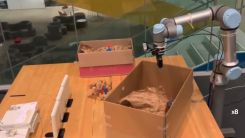
Robots With Superhuman Perception Can Sense Hidden, Blocked Targets
Honey Healing Properties: Anti-Inflammatory Nanoparticles May Be Added in Ointments
Artificial Hexagonal Diamonds Stiffer Than Natural Cubic Diamonds, Potential Material for Industrial and Scientific Applications

Researchers Manipulate Antimatter With Laser for the First Time
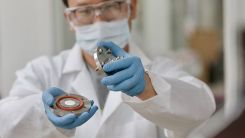
Polyimides: Organic Material Could Usher New Generation of HVAC Devices
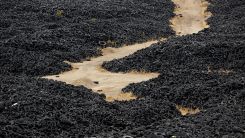
Researchers Convert Tires Into Graphene, Reinforcing Concrete
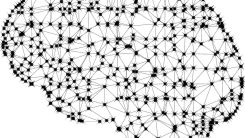
MolMapNet: New AI Tool Uses Deep Learning to Predict Pharmaceutical Properties
MIT Engineers Devise Cost-Effective Nanoimaging Method for Viruses and Biomolecules

Researchers Discover Natural Law That Explains Sharp Structures in Animals

Scientists Fabricate Artificial Cell With Life-Like Bahavior

Caffeine Boost: Researchers Propose Coffee Pulp to Speed Up Forest Recovery
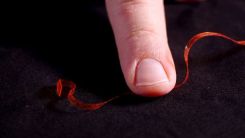
Adding Gold Nanoparticles Improve Optical Properties of Shape-Memory Polymers
Ancient Genomes Examination Offer Insight on the Rise and Fall of Scythians
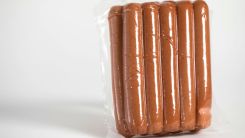
Processed Meat Leads to Increased Risks of Dementia, New Study Suggests
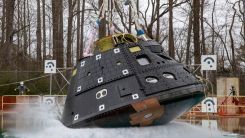
NASA Orion Spacecraft Successfully Completes First Water Drop Test
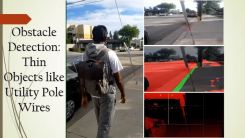
AI Backpack Helps The Blind Navigate Even Without Canes, Guide Dogs
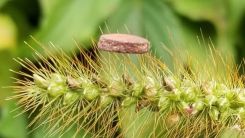
Copper Foam As Filter Material for Masks and Air Cleaners Possible?

Miniature Robot Swimmers Heal Themselves, May Help in Surgeries and Other Medical Applications
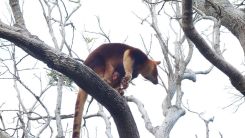
Extinct Tree-Climbing Kangaroo Species in Australia Discovered to be Relatives of Wallabies
New Nanobiomaterial Inhibits Inflammation, Boosts Neuronal Growth in Mice
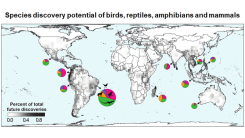
New "Map of Life" Shows Where Over 369 Undiscovered Species Might Still Thrive

Driverless Air Taxis Could Fly Tourists to Restaurants 100-Feet Above the Ground
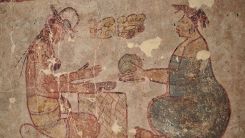
2,500-Year-Old Mural is the Earliest Record of Salt as a Commodity Among Mayans

GSports Fans Prefer Teams That Develop Over Time Instead of Signing Superstars
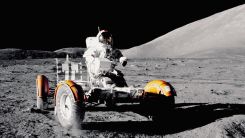
Japanese Space Firm to Launch Satellite That Will Use Magnets to Clean Space Junk
Largest Near-Earth Asteroid to Make Its Closest Approach This Weekend, But We Should Not Worry

Mobile Robot Dr. Spot Used in Hospital to Reduce COVID-19 Spread
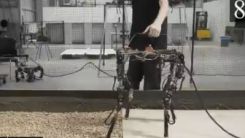
Shape-Shifting Four Legged Robot Can Extend and Retract Legs Adjusting to Its Environment
Most Popular

Microplastics Are Everywhere — How Plastic Pollution Threatens Wildlife, Soil, and Water

Brain Health Aging Guide: Effective Strategies for Cognitive Decline Prevention and Lower Dementia Risk

Mitochondrial Health and Aging: How Cell Energy Drives Modern Anti-Aging Science

How Scientists Use Radio Telescopes to Search for Alien Signals Across the Universe




